When a new drug hits the market, it doesn’t just have a price tag-it has a legal shield. Two kinds of protection keep competitors away: patent exclusivity and market exclusivity. They sound similar, but they’re not the same. One comes from the patent office. The other comes from the FDA. And confusing them can cost companies millions-or block life-saving generics from reaching patients.
Patent Exclusivity: The Legal Right to Exclude
Patent exclusivity is about invention. If you invent a new chemical compound, a new way to make it, or a new use for an old one, you can file for a patent. The U.S. Patent and Trademark Office (USPTO) gives you the legal right to stop others from making, selling, or using your invention for 20 years-from the day you file the application.
But here’s the catch: patents are filed early-often before a drug even enters human trials. That means by the time the FDA approves the drug for sale, 5 to 10 years of that 20-year patent clock may already be gone. The average drug takes 10 to 15 years to go from lab to pharmacy shelf. So even with a patent, the actual time a company has exclusive sales rights is often just 10 to 12 years.
That’s why patent extensions exist. If the FDA took too long to approve the drug, the patent holder can apply for Patent Term Extension (PTE). The law allows up to 5 extra years, but the total market life can’t go beyond 14 years after FDA approval. There’s also Patent Term Adjustment (PTA), which adds time if the USPTO delayed processing the patent.
Patents can be tricky. A company might hold dozens of them for one drug-called a "patent thicket." Some cover the active ingredient (the strongest type). Others cover the pill’s shape, coating, or how it’s taken. Secondary patents don’t protect the drug’s core, but they can still delay generics. In 2022, 68% of patents listed in the FDA’s Orange Book were secondary, not composition-of-matter patents.
Market Exclusivity: The FDA’s Approval Lock
Market exclusivity has nothing to do with invention. It’s about data. When a company spends millions on clinical trials to prove a drug is safe and effective, the FDA gives them a time lock on other companies using that data to get their own versions approved.
This is called data exclusivity. The FDA won’t accept an application from a generic maker that relies on the innovator’s clinical data during this period. It doesn’t matter if the generic’s drug is identical. The FDA won’t even look at it.
There are different types of market exclusivity:
- New Chemical Entity (NCE): 5 years of exclusivity. No generic can even apply for approval during this time.
- Orphan Drug: 7 years for drugs treating rare diseases (under 200,000 patients in the U.S.). Even if the drug isn’t patented, this exclusivity stands.
- Pediatric Exclusivity: An extra 6 months added to any existing patent or exclusivity period if the company studies the drug in children.
- Biologics: 12 years of exclusivity for complex protein-based drugs like Humira or Enbrel.
- First Generic Challenger: If a generic company successfully challenges a patent, they get 180 days of exclusive market access-worth up to $500 million in revenue.
Unlike patents, market exclusivity doesn’t start when you file. It starts when the FDA approves the drug. And it runs independently. You can have market exclusivity without a patent. You can have a patent without market exclusivity. Or both.
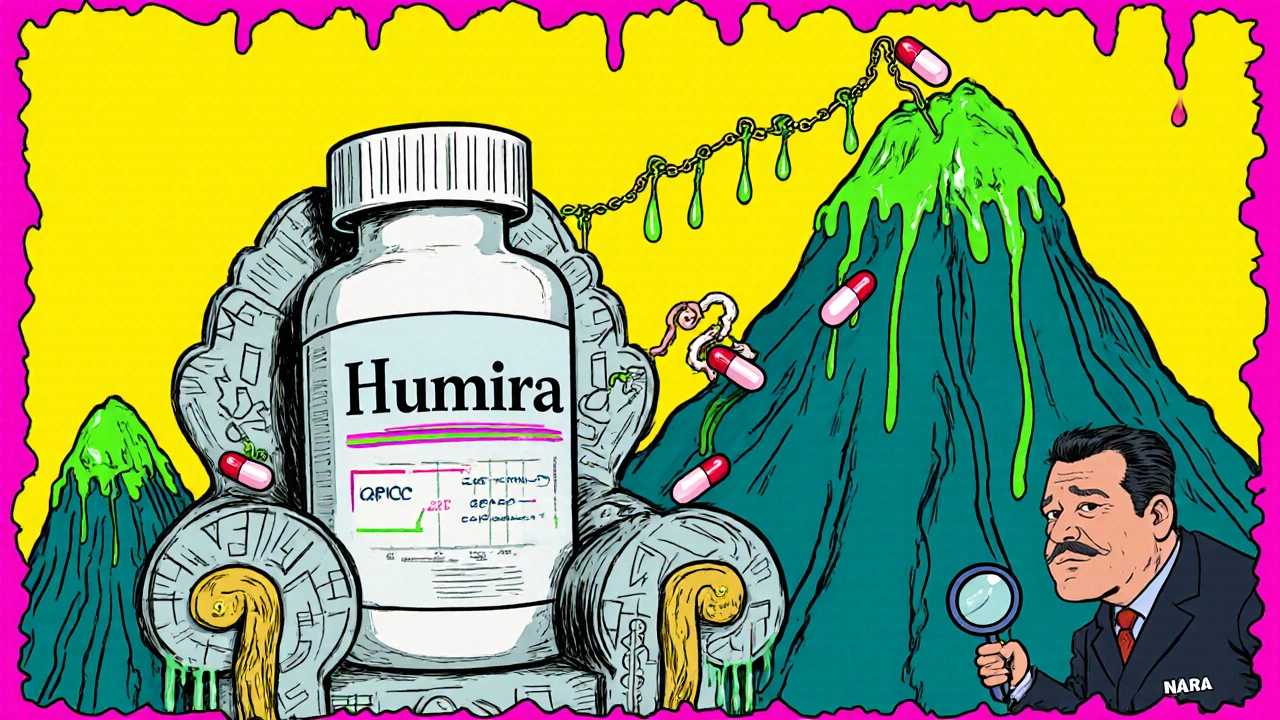
When Patents and Exclusivity Overlap-or Don’t
Think of it like a two-key system. One key is the patent. The other is the FDA’s exclusivity. You need both to fully lock out competition.
Here’s a real example: colchicine. It’s been used since ancient Egypt to treat gout. No one owned a patent on it. But in 2010, Mutual Pharmaceutical got FDA approval for a new formulation and claimed New Chemical Entity exclusivity. Why? Because they submitted new clinical data. The FDA granted them 10 years of exclusivity. The price jumped from 10 cents per tablet to nearly $5. No generic could enter-even though the drug was 3,000 years old.
Another case: Trintellix, an antidepressant. Its main patent expired in 2021. But it had 3 years of market exclusivity from the FDA. Teva Pharmaceuticals couldn’t launch its generic until 2024-even though the patent was gone. That delay cost them an estimated $320 million.
According to FDA data from 2021:
- 27.8% of branded drugs had both patent and exclusivity
- 38.4% had only patents
- 5.2% had only market exclusivity
- 28.6% had neither
That last group? They’re the ones getting generic competition fast. But the 5.2% with exclusivity only? They’re protected even without a patent. That’s why 78% of drugs with exclusivity but no patent still had no generic competition during their protection period.
Why This Matters for Patients and Companies
For patients, these protections mean delayed access to cheaper drugs. For companies, they mean the difference between profit and bankruptcy.
Developing a new drug costs an average of $2.3 billion. About a third of that goes to clinical trials. That’s why companies fight so hard to extend exclusivity. In 2022, 58% of new drugs had no composition-of-matter patent-but still had regulatory exclusivity. For small biotech firms, that’s their lifeline. According to BIO’s 2023 survey, 73% of them rely on market exclusivity, not patents, to protect their lead products.
But there’s a dark side. Some companies use exclusivity to delay competition without innovation. A 2022 study found that 43% of small biotech companies mistakenly thought patent protection meant market exclusivity. They spent millions developing drugs, only to realize they missed filing for FDA exclusivity-and lost 1.3 years of protection on average.
Generic manufacturers aren’t off the hook either. Challenging a patent costs $8.3 million on average. And if they’re wrong, they lose everything. The 180-day exclusivity for first filers sounds like a jackpot-but it’s a high-risk gamble.
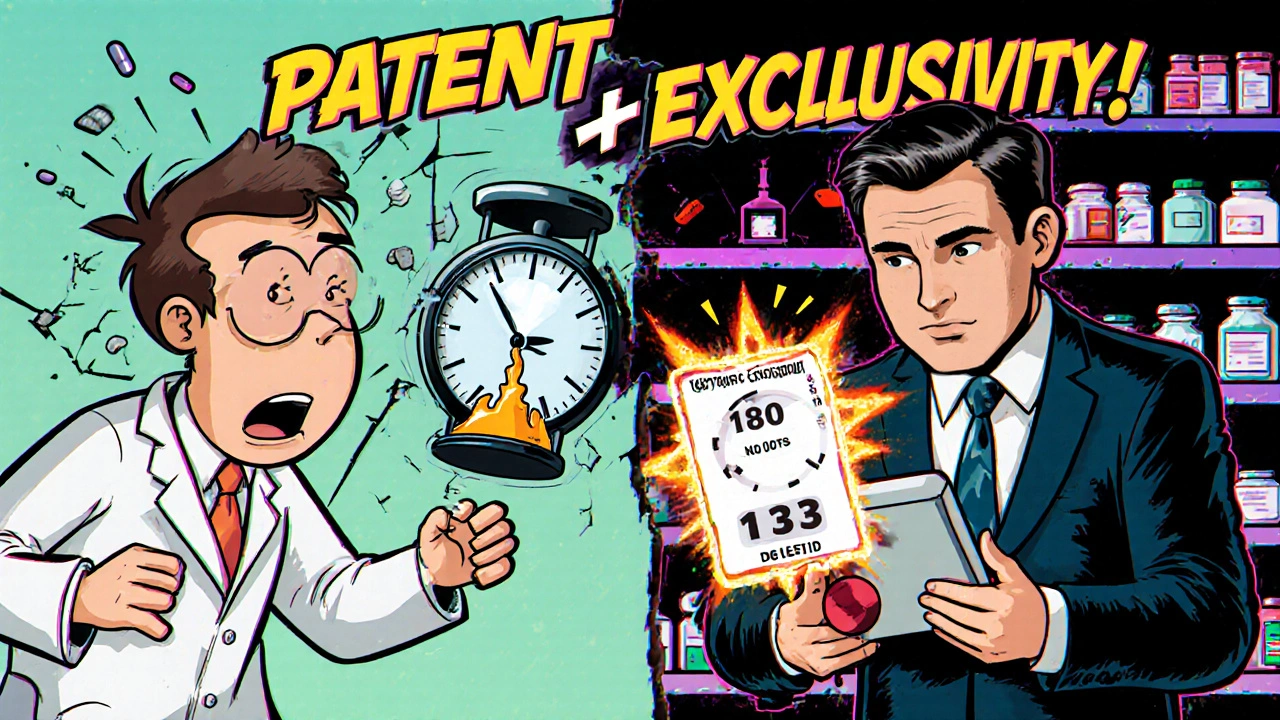
What’s Changing in 2025?
The rules are shifting. In 2023, the FDA launched its Exclusivity Dashboard-a public tool that shows exactly when each drug’s exclusivity ends. It’s transparency in real time. Generic makers now know when to prepare.
Also in 2023, the FDA announced new rules: starting January 1, 2024, companies must give detailed justifications for exclusivity claims. No more vague submissions. This could cut down on abuse.
And the PREVAIL Act of 2023 is moving through Congress. It proposes reducing biologics exclusivity from 12 years to 10. If it passes, it’ll be the biggest change to drug protection since the Hatch-Waxman Act in 1984.
McKinsey predicts that by 2027, regulatory exclusivity will account for 52% of total market protection time-up from 41% in 2020. Patents are weakening. Exclusivity is rising.
Bottom Line: Two Different Tools, Same Goal
Patent exclusivity protects the invention. Market exclusivity protects the data. One is about innovation. The other is about proof.
If you’re a drug company: file patents early. Apply for exclusivity immediately after approval. Don’t assume one covers the other.
If you’re a generic maker: check the FDA’s Orange Book and Exclusivity Dashboard. Look for drugs with expired patents but active exclusivity. That’s your target.
If you’re a patient: understand why your prescription is expensive. It’s not just corporate greed. It’s a legal system designed to balance innovation and access. But that balance is tilting. Exclusivity is becoming the new patent.
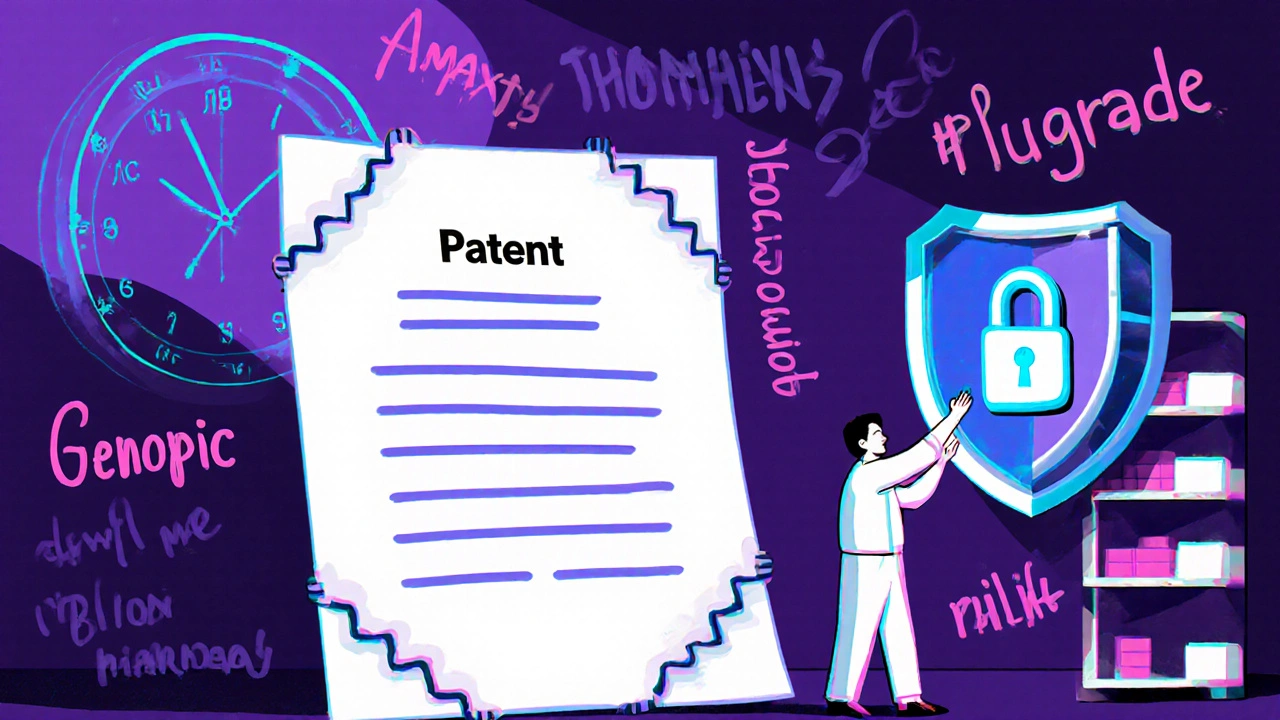
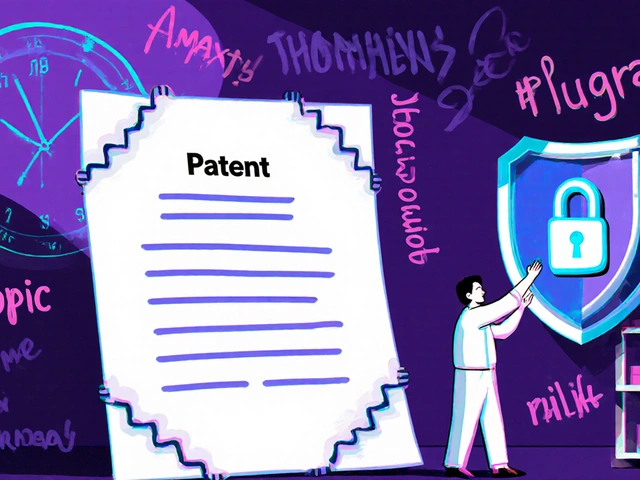
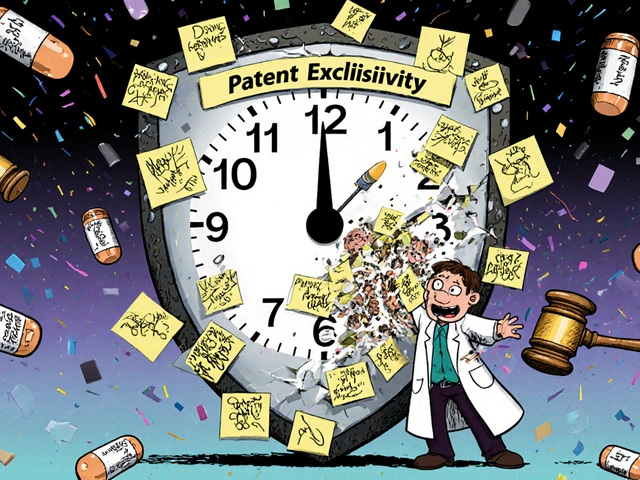


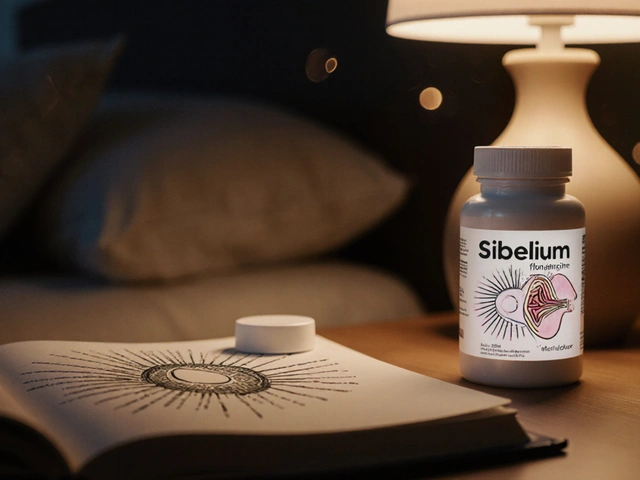
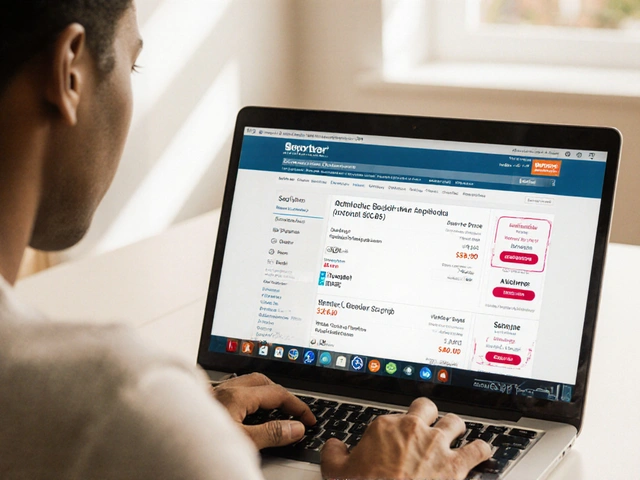
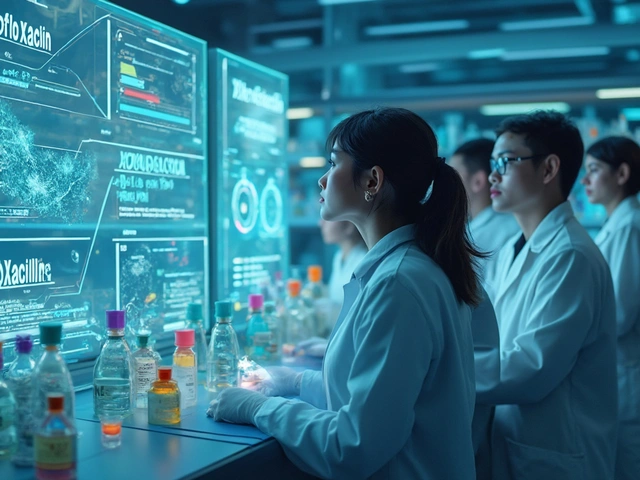
Joseph Townsend
November 18, 2025 AT 10:33So let me get this straight - a 3,000-year-old drug like colchicine gets slapped with a $5 price tag because some corp threw together a new pill shape and called it a 'New Chemical Entity'? 🤯 This isn't innovation, it's legalized robbery. The FDA’s playing along like it’s a game of monopoly and the board is our medicine cabinet. I’m not mad, I’m just disappointed… and also ready to riot.
And don’t even get me started on the 'patent thicket' nonsense. Companies aren’t inventing - they’re just stitching together patents like a quilt made of loopholes. One patent for the molecule, one for the color of the pill, one for how you swallow it, one for the damn packaging. It’s like they’re patenting the air you breathe while taking it.
Meanwhile, real innovators? The small biotechs trying to cure rare diseases? They’re getting crushed under the weight of this circus. And we call this a 'system' that balances innovation and access? Nah. It’s a rigged casino where the house always wins - and the patients pay the table fee.
Someone needs to torch the Orange Book and start over. Like, with fire. And a judge who actually hates corporate greed.
Also, 12 years for biologics? Bro, that’s longer than most marriages. And half of them are just repackaged old proteins with a fancy name. Wake up, America.
Bill Machi
November 18, 2025 AT 12:45This entire system is a disgrace to American ingenuity. We invented modern medicine, and now we’re being held hostage by regulatory red tape and foreign generic manufacturers who don’t even understand the science. The FDA is not a gatekeeper - it’s a surrendering diplomat. Every day we delay generics, we’re handing our medical sovereignty to China and India. And don’t pretend this is about patient safety - it’s about profit, pure and simple. The U.S. government should be protecting its citizens, not corporate shareholders. If you can’t innovate fast enough to stay ahead, you deserve to fail. This isn’t capitalism - it’s cronyism with a lab coat.
Elia DOnald Maluleke
November 20, 2025 AT 03:25One must contemplate, with the gravitas of a philosopher gazing into the abyss of human enterprise, the curious paradox wherein the pursuit of healing becomes entangled in the labyrinth of legalistic abstraction. The patent, once a sacred covenant between inventor and society, now serves as a weaponized veil - a shimmering cloak draped over the corpse of innovation. Market exclusivity, in its turn, is not a reward for diligence, but a bureaucratic sacrament, conferred by the FDA as if it were a divine benediction upon the chosen few who have mastered the art of paperwork.
And yet, the ancient colchicine - a remedy whispered by Egyptian priests, carried across the Silk Road, and swallowed by kings - is resurrected not by wisdom, but by a single clinical trial and a bureaucratic loophole. Is this progress? Or merely the triumph of bureaucracy over biology?
We have forgotten that medicine was never meant to be owned. It was meant to be shared. The patent office and the FDA, in their noble intentions, have become the high priests of a new religion - the Church of Profit. And we, the faithful, are told to kneel and pay. But what of the sick? What of the poor? Are they not also children of the earth?
Let us not mistake regulation for justice. Let us not confuse exclusivity with equity. The drug is not a commodity. The body is not a ledger. And life - dear God - life is not a patentable algorithm.
satya pradeep
November 20, 2025 AT 19:26Yo, this post is fire 🔥 but let me break it down simple for my fellow Indians who think generics are just 'cheap copies'. Nah. Market exclusivity is the real MVP here. Like, if you’re a small biotech in Bangalore or Hyderabad and you spend 10 years and $200M developing a new antiviral? You don’t even need a patent - just file for NCE exclusivity and you’re golden. The FDA won’t touch another company’s application for 5 years. That’s your runway.
But here’s the kicker - most Indian pharma companies don’t even know this. They’re stuck in patent-only mode and then cry when generics pop up. Bro, check the Orange Book. Check the Exclusivity Dashboard. If the patent’s expired but exclusivity’s still active? That’s your target. That’s where the real money is.
Also, 180-day exclusivity for first filers? That’s the jackpot. One lawsuit, one win, and you’re sitting on $500M. But if you lose? You’re bankrupt. It’s like poker with your life savings. And the house? The house is Big Pharma with 50 lawyers and a Swiss bank account.
PS: Stop calling generics 'fake'. They’re FDA-approved. They’re identical. They’re just cheaper because someone else did the heavy lifting. Respect the grind.
Prem Hungry
November 20, 2025 AT 23:47Dear fellow healthcare professionals and policy thinkers - I commend this thoughtful exposition on the intricate architecture of pharmaceutical protection. The distinction between patent and regulatory exclusivity is not merely academic; it is existential for emerging biotech ecosystems. Allow me to underscore: the absence of patent protection does not equate to absence of innovation. Many small enterprises, particularly in low-resource settings, rely entirely on data exclusivity to sustain viability. The 12-year biologics window, though contentious, has enabled the birth of life-saving therapies that would otherwise never reach the market.
It is imperative that we do not conflate corporate greed with systemic necessity. The $2.3 billion cost of drug development is not hyperbole - it is documented fact. Without these protections, venture capital would flee. Innovation would stall. We must demand reform - not abolition.
My advice? Engage with the FDA’s Exclusivity Dashboard. Track expiration dates. Collaborate with regulators. Advocate for pediatric extensions. Support legislation like the PREVAIL Act - not to dismantle, but to refine. The goal is not to eliminate protection, but to ensure it serves the patient - not the shareholder.
Let us be the generation that re-engineers this system with wisdom, not wrath.
Leslie Douglas-Churchwell
November 22, 2025 AT 06:05Okay but have you seen the FDA’s Exclusivity Dashboard? 🤫 It’s not just transparency - it’s a digital surveillance system for Big Pharma’s next targets. I’ve been tracking this since 2022. The same 5 corporations are gaming the system - filing 17 patents on one drug, then lobbying for pediatric exclusivity just to extend it by 6 months. It’s not innovation. It’s a coordinated, multi-billion-dollar data heist.
And don’t get me started on the 180-day exclusivity loophole. That’s not a reward - it’s a bribery scheme. The first generic filer gets a golden ticket… but only if they challenge the patent. Which means Big Pharma *wants* them to challenge it. Why? Because then they can drag it out in court for 5 years. Meanwhile, the drug stays at $1,200/month and the patient dies.
Also, why is the FDA letting them claim NCE exclusivity for colchicine? That drug was in Hippocrates’ playbook. This isn’t science - it’s a cult. The FDA is complicit. They’re not regulators. They’re corporate accountants in lab coats. 👁️🗨️ #PharmaCult #ExclusivityIsACrime
shubham seth
November 23, 2025 AT 12:07Let’s cut the BS. This whole system is a Ponzi scheme disguised as healthcare. Patents? Useless. 78% of the drugs with exclusivity but no patent? Still no generics. That’s because the FDA is literally writing checks to Big Pharma with taxpayer money. And the 'patent thicket'? That’s not strategy - it’s legal spam. 68% of patents are useless fluff. They’re not protecting innovation. They’re protecting lawsuits.
And the 180-day exclusivity? That’s not a reward - it’s a trap. Generic companies go all-in on a patent challenge, spend $8M, win… and then get crushed by the next wave of exclusivity extensions. It’s like being handed a lottery ticket… that’s been pre-drawn by the casino owner.
Meanwhile, the real winners? The lawyers. The lobbyists. The consultants. The ones who write the rules. The patients? They’re the collateral. And the FDA? They’re the bouncer at the club - letting the rich in, kicking out the poor. This isn’t capitalism. It’s feudalism with a pill.
Kathryn Ware
November 24, 2025 AT 18:01I’ve spent 15 years working in pharma regulatory affairs, and this is the most accurate breakdown I’ve seen in years. 🙌 Seriously - so many people think patents = monopoly, but the real game-changer is market exclusivity. I’ve seen companies lose millions because they filed patents but forgot to apply for NCE exclusivity. It’s not just oversight - it’s strategic ignorance.
And the Exclusivity Dashboard? Absolute game-changer. I used to spend weeks digging through PDFs. Now I can see exactly when a drug’s exclusivity expires. That’s how we plan our generics. No guesswork. No legal surprises.
Also - the pediatric exclusivity extension? It’s not just a loophole. It’s a lifeline. I’ve worked on drugs for rare pediatric cancers. Without that 6-month bump, no one would’ve bothered. The data collection costs more than the drug development. That extension saved lives.
Don’t vilify the system. Fix it. Advocate for better transparency. Push for faster FDA reviews. Support the PREVAIL Act. We can have innovation AND access. But we need to stop treating this like a battle and start treating it like a partnership. 💙
Also - if you’re a patient reading this: your drug isn’t expensive because of greed. It’s expensive because someone bet their life savings on making it. And now, thanks to exclusivity, someone else gets to make it cheaper. That’s progress.
kora ortiz
November 26, 2025 AT 07:19Joseph Townsend
November 27, 2025 AT 13:42Wait - so the FDA’s own dashboard is now the battlefield? That’s beautiful. And terrifying. I just checked Trintellix. Patent expired 2021. Exclusivity ends June 2024. Teva’s waiting in the wings like a wolf at the door. And here I thought Big Pharma had it locked down forever.
But here’s the twist - what if the FDA just… doesn’t approve the generic? What if they sit on it for another year? No one’s watching. No one’s accountable. That dashboard? It’s just a clock. It doesn’t mean the drug gets approved. It just means the *window* is open.
So who’s really in control? The FDA? Or the lobbyists who whisper in their ears? I’m not saying they’re corrupt. I’m saying the system is designed to be confusing. And confusion = profit.
But hey - if Teva launches in June? I’m buying the generic. And I’m telling everyone. Maybe that’s the real revolution. Not legislation. Just… people choosing cheaper. 💥